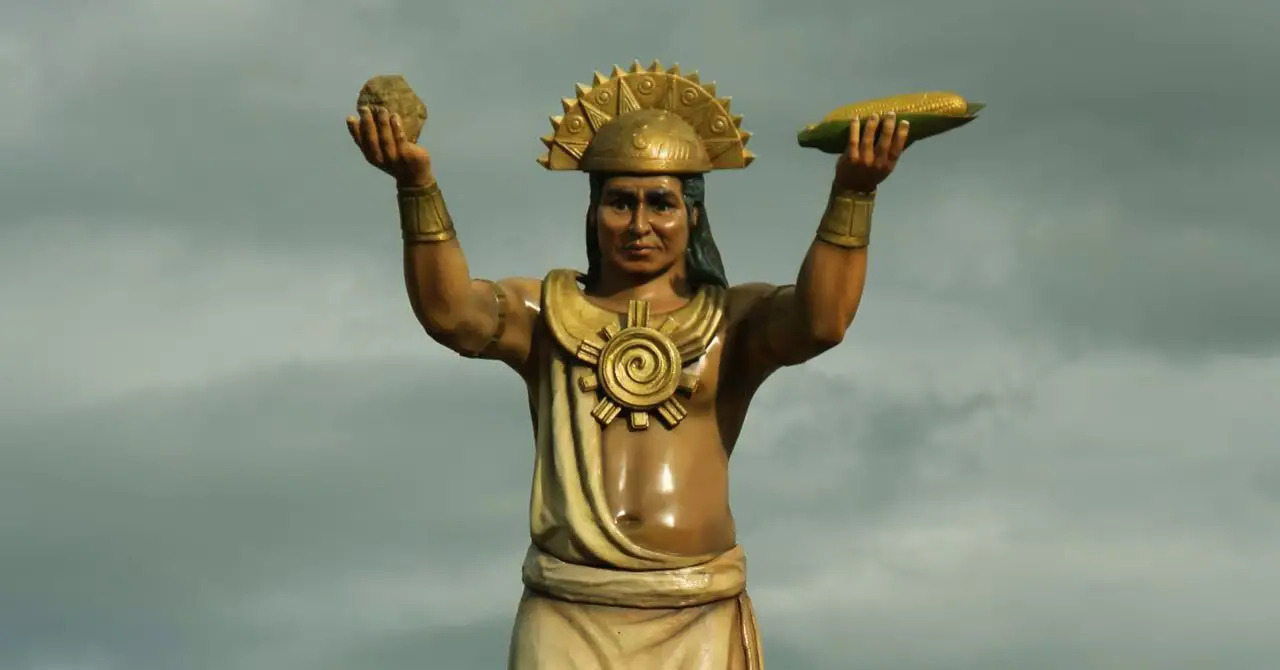
What was the Muisca religion all about? The Muisca religion, practiced by the indigenous Muisca people of Colombia, was a rich tapestry of beliefs centered around nature, deities, and rituals. Central to their faith were gods like Bochica, the god of civilization, and Chía, the moon goddess. They believed in a balance between good and evil, often represented by their gods. Rituals and ceremonies played a significant role, with offerings to deities and sacred sites. The Muisca also had a deep connection to their environment, seeing rivers, mountains, and lakes as sacred. Their myths and legends not only explained natural phenomena but also guided their daily lives. Understanding the Muisca religion offers a glimpse into the values and worldview of this fascinating culture.
Muisca Religion: An Overview
The Muisca people, indigenous to the central highlands of Colombia, had a rich and complex belief system. Their religion intertwined with daily life, agriculture, and governance. Here are some fascinating facts about their spiritual practices.
-
The Muisca worshipped multiple deities, each associated with natural elements and phenomena.
-
Chiminigagua was considered the supreme creator god, responsible for the creation of the universe.
-
Bochica, another important deity, was believed to have taught the Muisca people essential skills like agriculture and weaving.
-
The goddess Chía, associated with the moon, was revered for her influence over fertility and agriculture.
-
Sué, the sun god, was worshipped for his role in providing light and warmth, crucial for crop growth.
Sacred Sites and Rituals
The Muisca held various sacred sites where they performed rituals to honor their gods and seek their favor.
-
Lake Guatavita was one of the most sacred sites, believed to be a portal to the gods.
-
The El Dorado legend originated from the Muisca ritual of covering their leader in gold dust and immersing him in Lake Guatavita.
-
Temples, known as "casa de los dioses" (house of the gods), were built to conduct religious ceremonies.
-
Priests, called "xeques," played a crucial role in performing rituals and maintaining the temples.
-
Offerings to the gods often included gold, emeralds, and other precious items, symbolizing wealth and devotion.
Festivals and Ceremonies
The Muisca calendar was filled with festivals and ceremonies that marked important agricultural and religious events.
-
The "Fiesta del Sol" was a major festival dedicated to Sué, the sun god, celebrating the summer solstice.
-
During the "Fiesta de la Luna," the Muisca honored Chía, the moon goddess, with dances and offerings.
-
Harvest festivals were held to thank the gods for bountiful crops and ensure future prosperity.
-
Initiation ceremonies for young men and women included rituals to seek blessings from the gods for their new roles in society.
-
The Muisca also conducted ceremonies to appease natural forces, such as rain and wind, crucial for their agricultural lifestyle.
Beliefs About the Afterlife
The Muisca had distinct beliefs about life after death, which influenced their burial practices and rituals.
-
They believed in an afterlife where the soul would journey to a paradise or a place of punishment, depending on their earthly deeds.
-
Burial practices included placing the deceased in a seated position, often with valuable items to accompany them in the afterlife.
-
Tombs were sometimes constructed in the shape of a house, symbolizing the continuation of life beyond death.
-
The Muisca performed rituals to honor their ancestors, believing that the spirits of the deceased could influence the living.
-
Offerings were made at gravesites to ensure the well-being of the departed souls in the afterlife.
Influence of Muisca Religion on Society
The Muisca religion was deeply intertwined with their social and political structures, influencing various aspects of their daily lives.
-
The "zipa" and "zaque," the two main leaders, were considered semi-divine figures with a direct connection to the gods.
-
Religious leaders held significant power, often advising the political rulers on matters of governance and warfare.
-
The Muisca believed that natural disasters were signs of the gods' displeasure, prompting them to perform rituals to restore harmony.
-
Agricultural practices were closely linked to religious beliefs, with rituals performed to ensure good harvests and protect crops from pests.
-
The Muisca used a complex calendar system to determine the timing of religious festivals and agricultural activities.
-
Art and craftsmanship were influenced by religious themes, with many artifacts depicting gods and sacred symbols.
-
The Spanish conquest led to the decline of Muisca religion, as Catholicism was imposed, but many traditional beliefs and practices persisted in secret.
Final Thoughts on Muisca Religion
Muisca religion, rich in mythology and rituals, offers a fascinating glimpse into the spiritual life of this ancient civilization. Their beliefs centered around nature, astronomy, and deities like Bochica and Chiminigagua. Rituals, such as the famous El Dorado ceremony, highlight their deep connection to gold and water. Understanding Muisca religion helps us appreciate their cultural heritage and the way they viewed the world. It’s a testament to their ingenuity and the complexity of their spiritual practices. By learning about their gods, rituals, and cosmology, we gain insight into a civilization that thrived long before modern times. This knowledge not only enriches our understanding of history but also underscores the importance of preserving such cultural legacies. The Muisca people left an indelible mark on history, and their religious practices continue to intrigue and inspire.
Was this page helpful?
Our commitment to delivering trustworthy and engaging content is at the heart of what we do. Each fact on our site is contributed by real users like you, bringing a wealth of diverse insights and information. To ensure the highest standards of accuracy and reliability, our dedicated editors meticulously review each submission. This process guarantees that the facts we share are not only fascinating but also credible. Trust in our commitment to quality and authenticity as you explore and learn with us.


